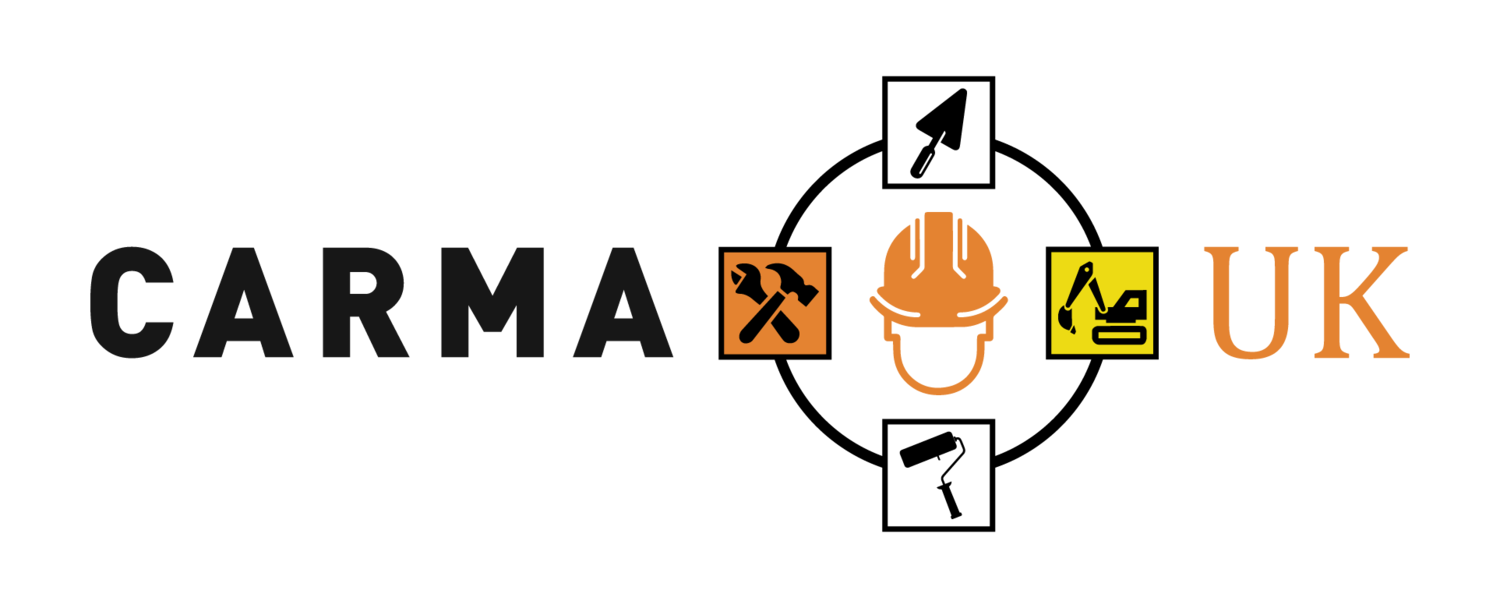BIM explained
The Role of Building Information Modelling (BIM) in Modern Residential Projects
In the ever-evolving world of high-end residential construction, precision, efficiency, and seamless collaboration are non-negotiable. Yet, traditional design and project management processes often fall short, leading to miscommunications, costly reworks, and delays. Enter Building Information Modeling (BIM) - a revolutionary technology that is redefining how luxury homes are designed and built.
What is BIM?
Building Information Modeling (BIM) is a digital process that creates an intelligent 3D model of a project, integrating all architectural, structural, and MEP (mechanical, electrical, plumbing) details into a single, accessible platform. Unlike traditional 2D blueprints, BIM provides a real-time, data-rich representation of a home’s design, allowing architects, builders, and clients to visualize and refine every detail before construction even begins.
BIM isn’t just a fancy 3D model, it’s a collaborative ecosystem that brings together every stakeholder, from architects to suppliers, ensuring that everyone is working from the same, up-to-date source of truth.
How BIM is Transforming High-End Residential Construction
1. Streamlining Project Management & Reducing Errors
One of the biggest pain points in luxury construction is the disconnect between design intent and on-site execution. BIM minimizes these issues by:
Detecting clashes and inconsistencies early (e.g., if a structural beam interferes with ductwork, it’s flagged before construction begins).
Providing precise material quantities, reducing waste and cost overruns.
Enabling real-time adjustments, preventing costly mid-build design changes.
2. Enhancing Collaboration Between Architects, Builders & Clients
Luxury home construction thrives on precision and detail. BIM fosters a transparent and interactive workflow, allowing:
Architects to visualize and test their designs in a realistic, immersive environment.
Builders to receive accurate, up-to-date instructions, reducing misinterpretations and errors.
Clients to explore a virtual walkthrough of their home before construction starts, ensuring their vision aligns with reality.
3. Driving Sustainability & Cost Efficiency
Sustainability isn’t just about materials, it’s about smart design and resource efficiency. BIM plays a critical role in:
Optimizing energy efficiency by simulating lighting, airflow, and thermal performance.
Minimizing material waste by precisely calculating material needs.
Reducing rework and excess labor costs, ensuring that sustainable choices remain cost-effective.
By integrating BIM, we’re not just building homes, we’re building smarter, greener, and more efficient homes that stand the test of time.
The Future of Luxury Home Construction with BIM
The construction industry is at a turning point, and those who embrace digital innovation will lead the way. BIM is not just a tool, it’s a paradigm shift in how luxury homes are designed, planned, and built.
The question is no longer whether BIM will be widely adopted, it’s how quickly the industry will catch up. The future of high-end residential construction is digital, collaborative, and data-driven. The only question is: Are you ready to build smarter?
